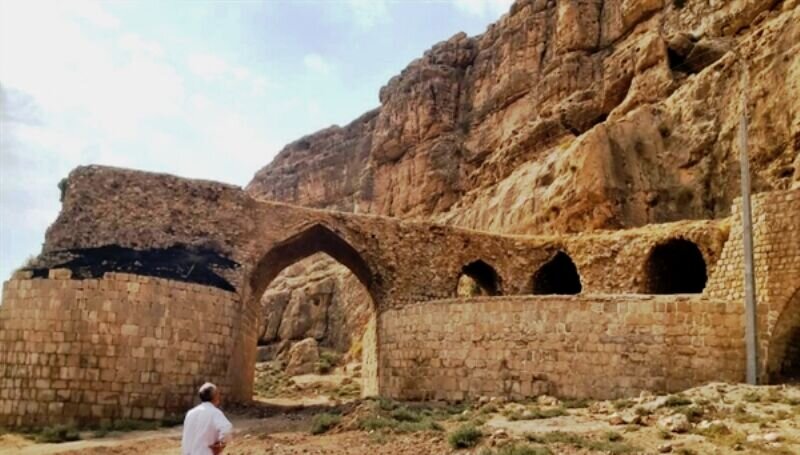Sassanid arch bridge to undergo vital restoration

TEHRAN –The ancient arch bridge of Pol-e Dokhtar (literally meaning Girl Bridge) in the western province of Lorestan is planned to undergo some rehabilitation works, the provincial tourism chief has said.
The project aims at repairing and strengthening parts of the Sassanid-era (224 CE to 651) monument, which was damaged at the heavy flooding in 2019 and are at the (high) risk of erosion, Seyyed Amin Qasemi announced on Wednesday.
A budget of over one billion rials (about $24,000 at the official exchange rate of 42,000 rials per dollar) has been allocated to the project, the official added.
With 270 meters long, Pol-e Dokhtar was built on the remains of an ancient structure dating back to the Achaemenid era (c. 550 – 330 BC).
Only one 18-meter-high arch has remained from the original structure, which was a passage between two ancient cities of Shapur Khast and Jundi Shapur.
Inscribed on the National Heritage list, the bridge has been restored several times over the years.
In 2019, days of devastating flooding and heavy rain inflicted damage to tens of cultural heritage sites in Lorestan; for instance, it washed away parts of a historic hill, on top of which the famed Falak-ol-Aflak Castle is nested.
Lorestan, which is a region of raw beauty, was inhabited by Iranian Indo-European peoples, including the Medes, c. 1000 BC. Cimmerians and Scythians intermittently ruled the region from about 700 to 625 BC. The Luristan Bronzes noted for their eclectic array of Assyrian, Babylonian, and Iranian artistic motifs, date from this turbulent period.
Lorestan was incorporated into the growing Achaemenid Empire in about 540 BC and successively was part of the Seleucid, Parthian, and Sassanid dynasties.
ABU/AFM
Leave a Comment